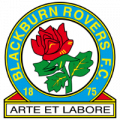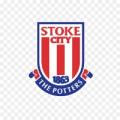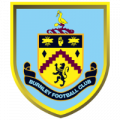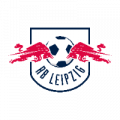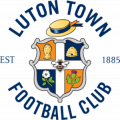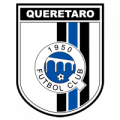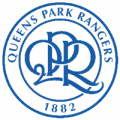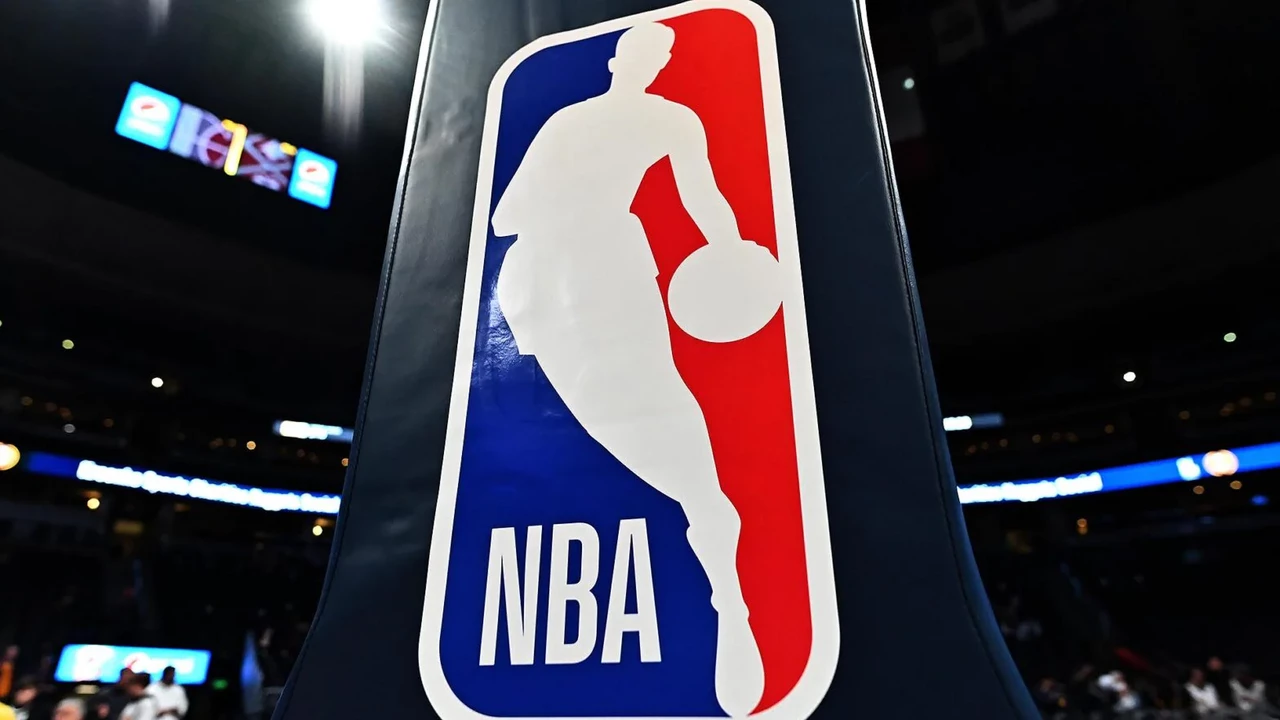Since taking the reins of the NBA, Adam Silver has pledged to keep the league's competitiveness at the highest level, as well as to increase revenues as much as possible. The commissioner has repeatedly denied that reducing the number of games is an option for greater player availability during the season. Of course, because it is not in the league's best interest to lose money on television contracts.
The NBA is a competition in constant change and evolution. The purists even claim that it is a different sport from European basketball. FIBA has spent years adapting to the rules of basketball played on the other side of the pond. After all, it is a game born of winter in North America, as there was no indoor team sport. This summer has been no exception and a number of changes have been made due to the obvious loss of interest in regular season games by the average fan. Despite the increased ratings for the Playoffs - the most watched of the last five years - the regular schedule is not as healthy.
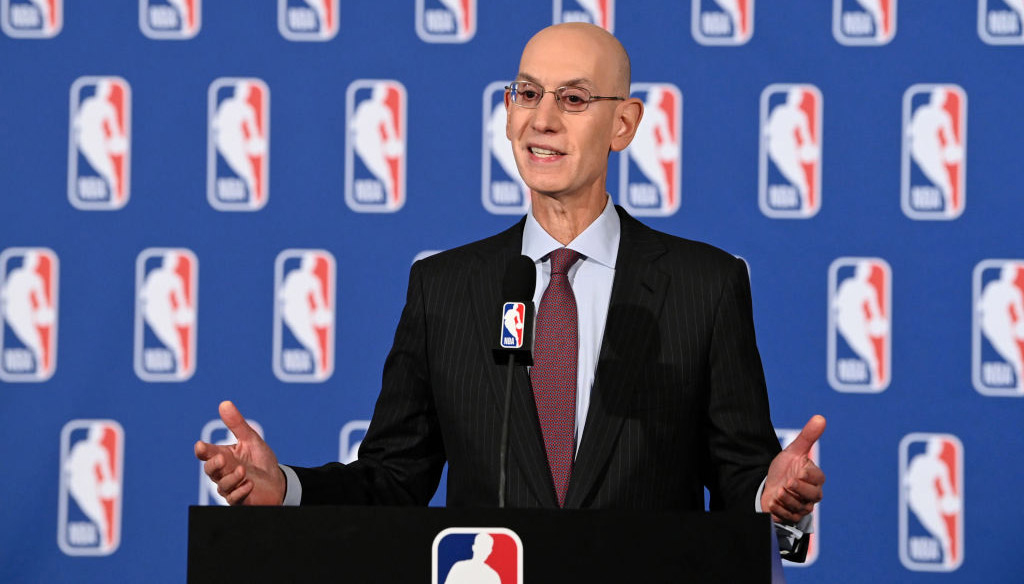
The 2022-2023 NBA Finals averaged 11.64 million viewers, down slightly from last year's 12.40 million. The truth is that many skeptics assured that a showdown between Denver Nuggets and Miami Heat would not arouse any interest. The reason? A Finals without any of the league's biggest markets, such as the Lakers and Celtics, both conference finalists.
However, the overall numbers from last postseason are very positive. The NBA itself has revealed, among other things, that the first round of the West, which pitted Stephen Curry 's Golden State Warriors against the Sacramento Kings, the sensation of the competition at the time, saw a 15% increase in viewership. It was also the most-watched first round in nine years and the seventh most-watched first-round game of the 21st century.
-
The new tournament: how 'the Cup' works.
The growth of the league is undeniable, but what about the 82 games leading up to the playoffs? It's no news that interest in such a dense contest is concentrated on specific dates: the Playoffs, of course; the opening night matchups; the Christmas showdowns; and the weeks leading up to All-Star with the lure of voting - the event's ratings have plummeted in recent years. The commissioner has found between the start of the season and Christmas the perfect time for a new tournament to regain fans' sympathy. One of the novelties contained in the collective bargaining agreement (CBA) between the NBA and the players' association (NBPA) is the so-called 'In-Season Tournament'. The agreement has a seven-year term until 2030 , with the possibility that either side can unilaterally opt out one year earlier, in 2029.
A cup in the purest European soccer and basketball style has arrived in the United States. It is a possibility that has been under discussion for some time in the NBA offices. In this way, they awaken the excitement of many spectators on dates that are not very captivating. Similar to the formula of the basketball World Cup, it will begin with a group stage on November 3 and will end on November 28. All 30 teams will compete and will be organized into six groups, three for each conference. During this period, each franchise will play four games, one against each rival in its group, two at home and two away.
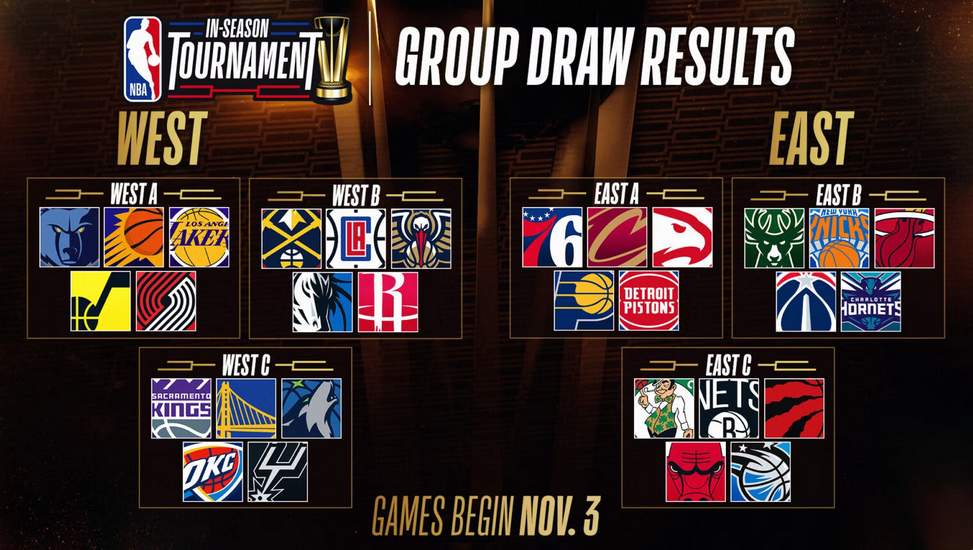
- Western Conference:
Group A: Memphis Grizzlies, Phoenix Suns, Los Angeles Lakers, Utah Jazz, Portland Trail Blazers.
Group B: Denver Nuggets, Los Angeles Clippers, Dallas Mavericks, Houston Rockets, New Orleans Pelicans.
Group C: Sacramento Kings, San Antonio Spurs, Golden State Warriors, Minnesota Timberwolves, Oklahoma City Thunder.
- Eastern Conference:
Group A: Philadelphia Sixers, Cleveland Cavaliers, Indiana Pacers, Detroit Pistons, Atlanta Hawks.
Group B: Milwaukee Bucks, New York Knicks, Washington Wizards, Miami Heat, Charlotte Hornets.
Group C: Boston Celtics, Brooklyn Nets, Toronto Raptors, Chicago Bulls, Orlando Magic.
Once the corresponding matches have been completed, the six winners of each group and the best runner-up from each conference - that is, a total of eight - will compete in a final phase consisting of quarterfinals, semifinals and finals. The knockout stage matches will be single-legged and will be played in the following month. The quarterfinals will take place on December 4 and 5, the semifinals on December 7 and the inaugural champion will be announced on December 9 at the T-Mobile Arena in Las Vegas.
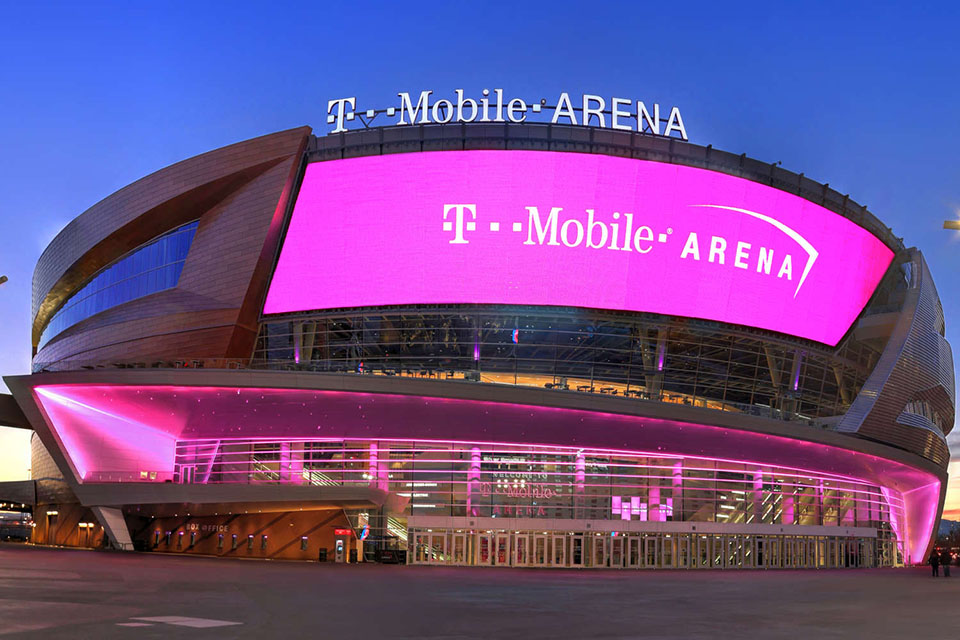
As in the odyssey to the Larry O'Brien trophy, the new tournament will continue to be a customary one, and no team from the East and West will meet until the grand finale. It is important to note that all the matches in the tournament correspond to the regular season and will affect the record of each of the teams. Only the finalists will play one more game that will not count, i.e. 83 in total. The prize money will be US$500,000 for each member of the winning team. This is an attempt to encourage athletes to compete and to avoid something similar to the All-Star Game in recent editions.
-
Controlling the stars: the end of 'load management'?
There have been some adjustments regarding the problem with star breaks and a requirement has been added to qualify for regular season awards. According to ESPN's Bobby Marks, Adam Silver is already negotiating a new TV deal, as the current one ends in 2025, and is willing to increase the participation of his stars. On the one hand, the NBA Board of Governors approved on September 13 a regulation known as Player Participation Policies. The aim of this regulation is to eliminate the archetypical 'load management' employed by franchises on assets considered superstars of the league. A common thought among fans of the competition is that Kawhi Leonard and Paul George, for example, should not be allowed - rightly so, as long as it is not an injury - to sit out a Clippers game. This, in principle, is over.

First of all, the concept of star should be defined. The NBA has set a parameter for this: having been an All-Star or All-NBA in one of the last three seasons. Similarly, the rules state that no more than one star can be absent per locker room in a game, that franchises must ensure that they are available for nationally televised games and that injured players are exempt. Similarly, veteran players who exceed 35 years of age, 34,000 minutes or 1,000 career games will benefit from special back-to-back waivers. These are: LeBron James, Chris Paul, Kevin Durant, Stephen Curry, James Harden, DeMar DeRozan and Mike Conley.
Secondly, the fines will be aggravated in case of recidivism. There was already a policy called the Player Resting Policy that if violated, a one-time fine of $100,000 would be imposed. However, now the first penalty remains at the already established 100,000 dollars, a second infraction will lead to an increase in the fine up to 250,000 dollars and after the third one, the fine will increase by 1 million dollars for each violation.
On the other hand, in the new collective bargaining agreement, a minimum number of games has been added to be eligible for season awards. The established figure is 65 games, therefore, any player below that number of games played will not be eligible for individual awards (MVP, Rookie of the Year, Defensive Player of the Year, etc.).
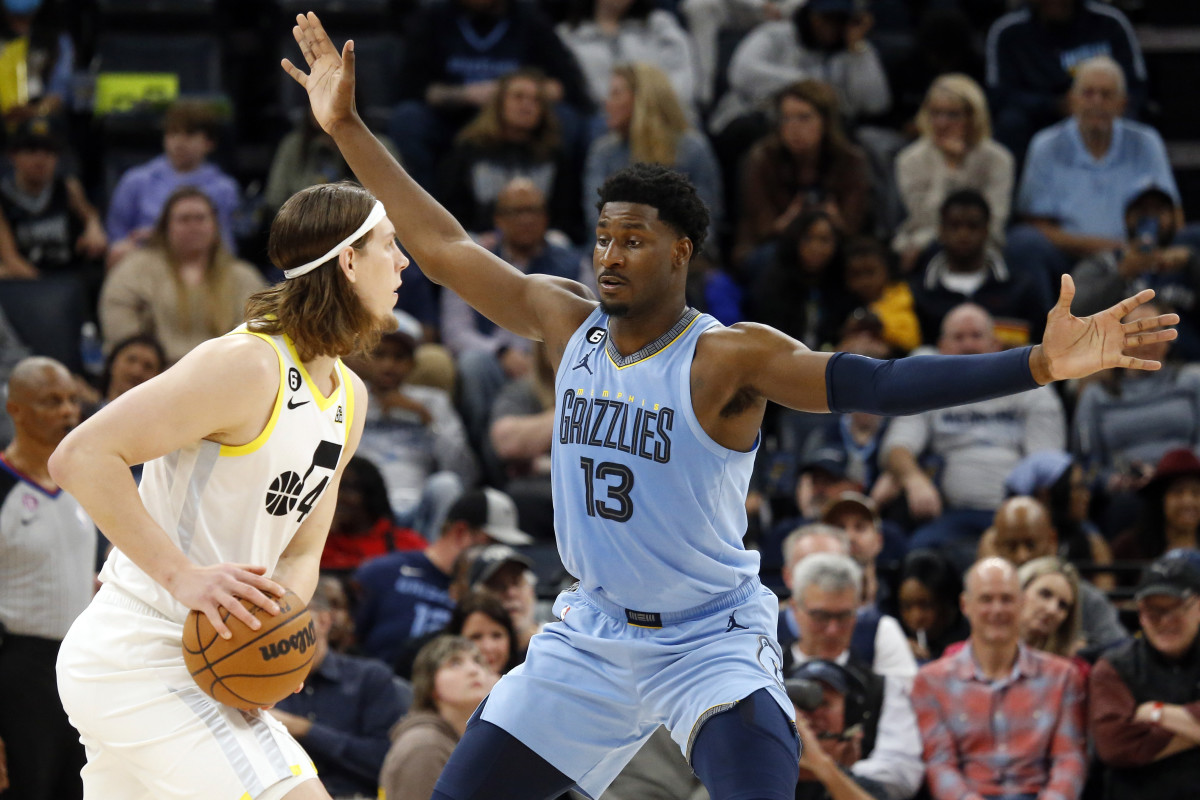
-
New rules and regulations
Two new rules were added in the summer for next year's competition and will mean more work for referees and coaching staffs. On paper, we can say goodbye to flopping. Simulated or exaggerated fouls will have a penalty for the offending player and his team. It will be signaled as a technical foul and will award a free throw attempt to the opponent. Afterwards, possession of the ball will be retained by the team that had possession of the ball at the time of the infraction. Next year will be the trial period for this rule.
The second case is the extra 'challenge' that coaches will get in case the first request is successful, as a reward. The use of this tool will continue to consume a time-out, so the team will have to consider whether they have one before requesting a second Coach's Challenge. Likewise, if the second Coach's Challenge is successful, the team will keep the time-out. A Coach's Challenge is defined as a review of a controversial play that has been specifically requested by the coach of one of the two teams. It goes beyond a conventional review. Until now, it could only be used once per game, even if the decision to "challenge" the referee was correct.
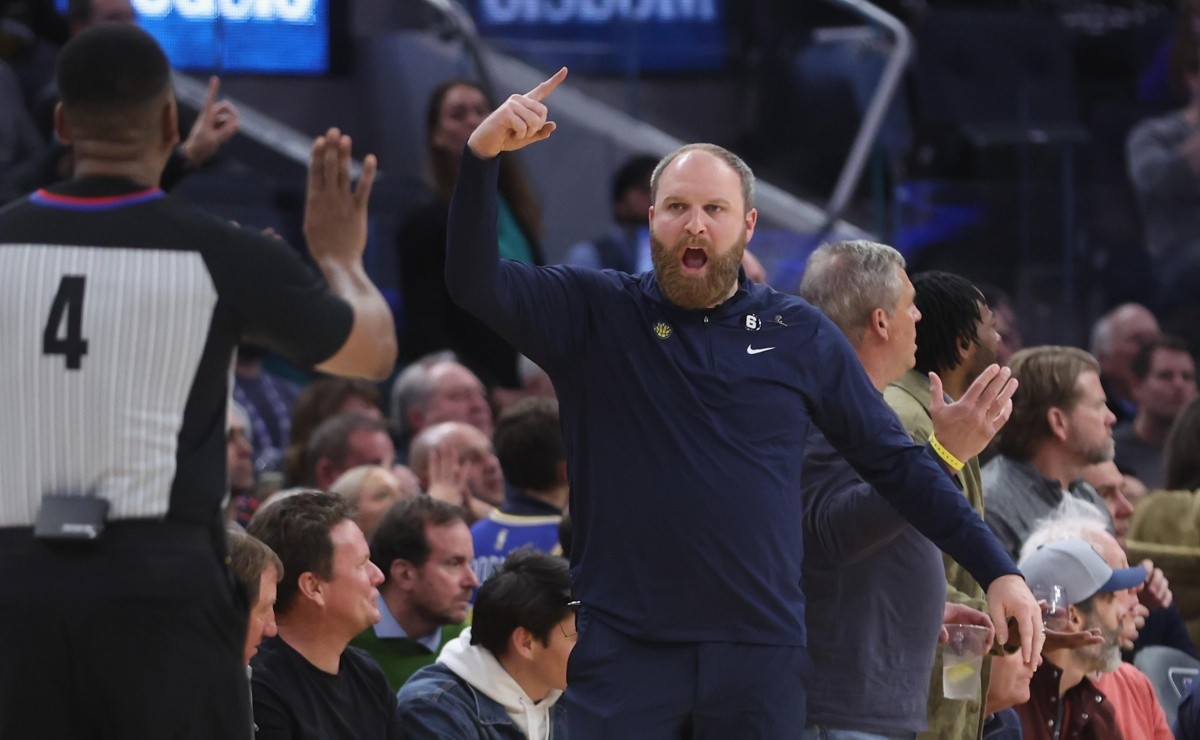
-
More changes to the collective bargaining agreement
There are more changes that will affect the future of the NBA after the recently signed compromise between owners and players, although most of them are of an economic nature, unrelated to the sports scenario. For example, the punishments that the NBA has applied to the most "spendthrifts". The teams that spend the most will have more limitations to complete their rosters. Those that are well over the salary cap ($136 million) and are in the second tier of the luxury tax ($182.5 million) will not be able to sign mid-level exceptions (MLE), a resource that allowed franchises that have exceeded the limit to sign players and pay them more than they can offer.
Franchises that exceed this second limit will also not be able to combine different contracts when trading for players. That is, in the NBA, trades work by matching salaries, but different players are often added because of the difficulty of finding two pieces of the same contract. The teams above the second apron of the luxury tax are the Warriors, Clippers, Bucks, Suns and Heat, Sixers, Celtics and Nuggets in order from highest to lowest, according to HoopsHype.
Mention also the controversial decision to allow players to invest in organization-related businesses. They now have the possibility to allocate funds to NBA and WNBA franchises, which carries no risk, but also to cannabis companies or bookmakers. This is where the controversy arises.
What is clear is that there are only hours left before the return of the world's greatest basketball competition. The opening game will pit the Lakers against the reigning champions, the Nuggets, who will also celebrate the championship ring ceremony. The second clash will be a spectacular Warriors - Suns, a duel of former teammates: Durant versus Curry. Both games will take place in the early hours of Tuesday, October 24 to Wednesday, October 25, at 1:30 a. m. and 4:00 a.m. respectively.

